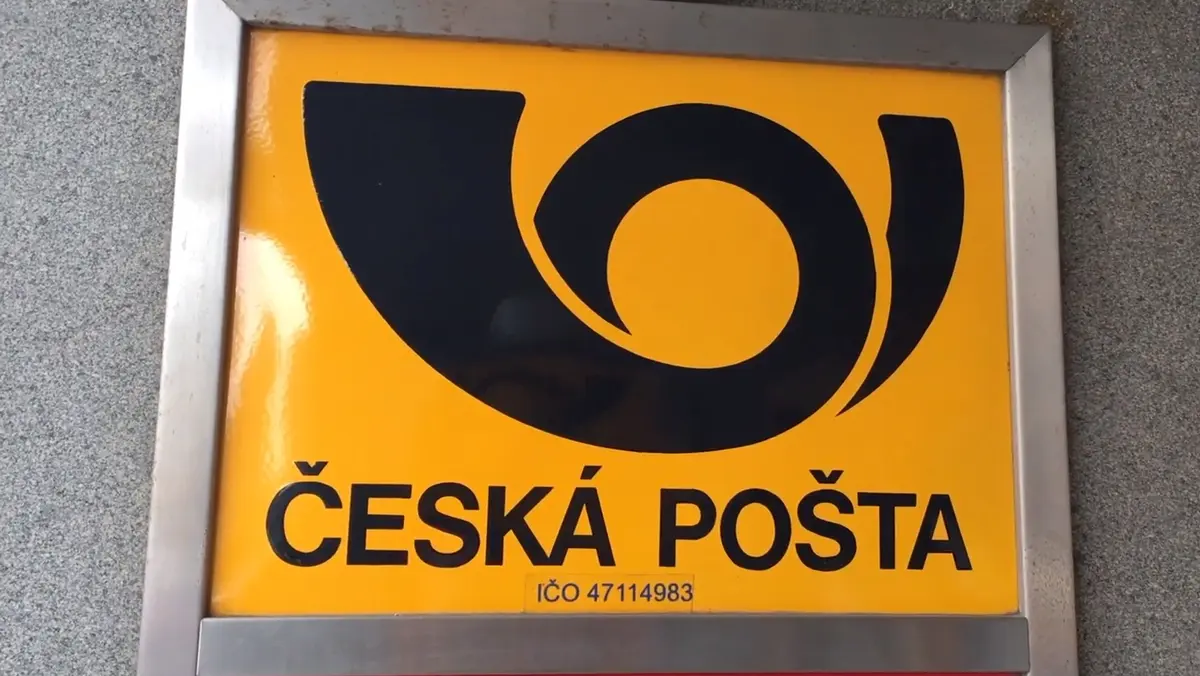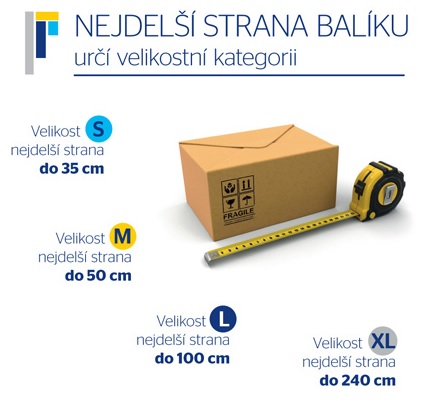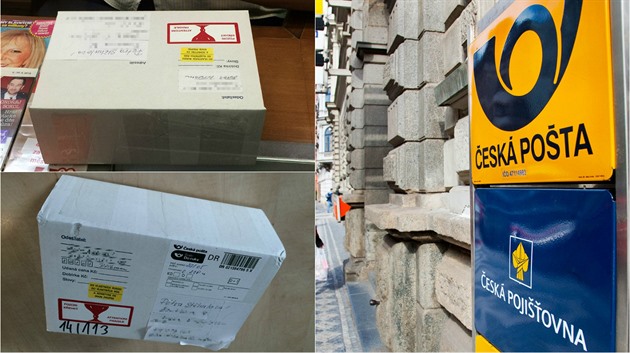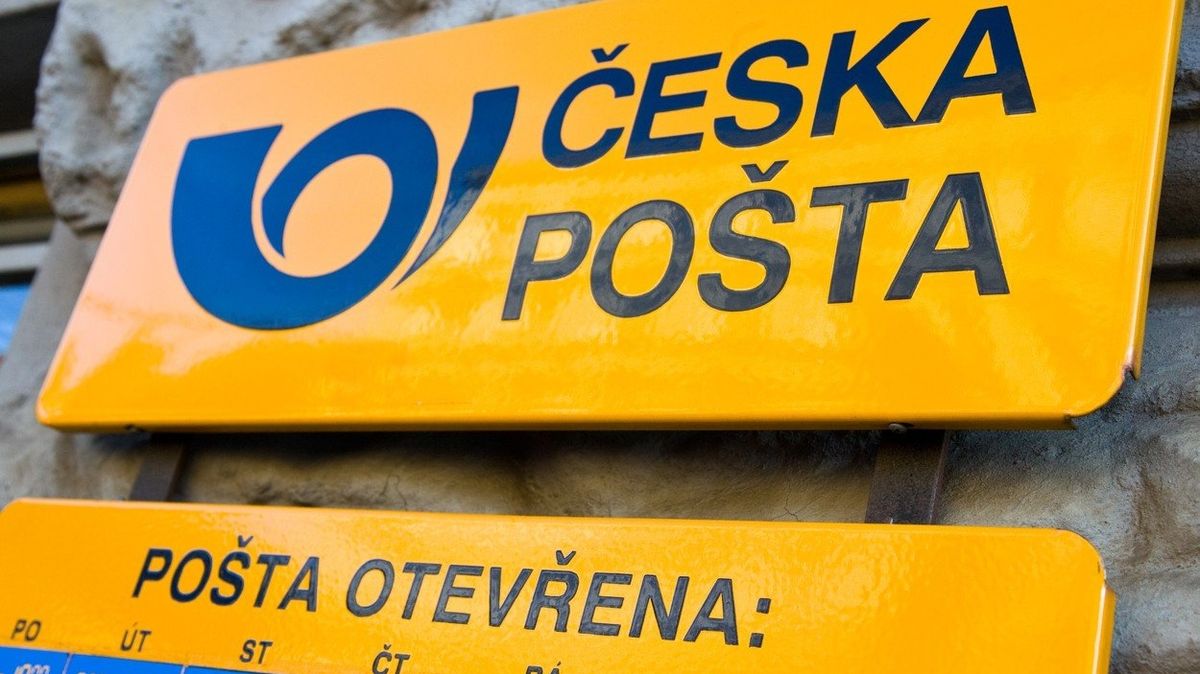
Česká pošta spustila akci na Balíkovnu. Stránky ale padají, výhodnější cena se leckdy nedá využít - Měšec.cz

Byl jsem doma, i tak mě nezastihli.' Stížností na Českou poštu při koronakrizi nepřibylo, tvrdí mluvčí | iROZHLAS - spolehlivé zprávy

Doručování balíků je problém, za týden nasbíráme 35 tisíc nespokojených klientů, říká šéf České pošty | Domov | Lidovky.cz

Česká pošta spustila akci na Balíkovnu. Stránky ale padají, výhodnější cena se leckdy nedá využít - Měšec.cz

Česká pošta nestíhá doručovat zásilky. Na objednaný balík čekají někteří i dva týdny | iROZHLAS - spolehlivé zprávy

Česká pošta - Balíky se slevou a bez podacích lístků Od 1. 12. můžete při podání Balíku Do ruky a Balíku Na poštu ušetřit až 38 korun. Stačí si zdarma pořídit Zákaznickou


















